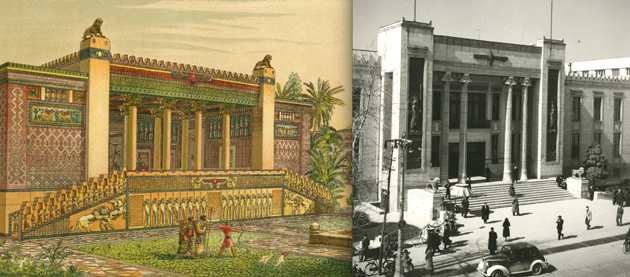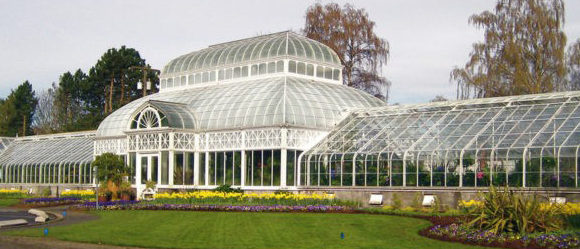
- This event has passed.
SAAM Virtual Saturday University: The Memory of the Ancients in Modern Iranian and Parsi Architecture
April 17, 2021 @ 10:00 am - 11:30 am PDT

Virtual Saturday University: The Memory of the Ancients in Modern Iranian and Parsi Architecture
Apr 17 2021
Asian Art Museum
Online
10 AM – 11:30 AM
Monumental structures encapsulate poignant events and memorable moments in history. Their construction, demolition, or remodeling often illustrate larger sociopolitical movements. This lecture series, titled Sites of Memory in Asia: Remembrance and Redemption, presents four case studies in North India, Japan, West India, and China; each reveals a highly-charged story behind an iconic site, one that embodies significant political or religious changes.
Registration confirmation emails include a link to access Zoom webinars. Use this link to register in advance to receive event reminders. This program is currently offered as a $5 suggested donation, to keep it accessible for all. Normally, tickets are $7 for SAM members, $12 for public. Donate today to support museum programming.
The Memory of the Ancients in Modern Iranian and Parsi Architecture
Talinn Grigor, University of California, Davis
In 1822 six fire temples adorned the cityscapes of West India. By the end of the century, Parsis had augmented that number tenfold. Many of these structures were erected in what they dubbed the “Persian Style,” on floor plans described as “open.” From the 1830s to the 1930s, the Persian Revival style evolved simultaneously and codependently in two different geo-cultures: the western coast of the Indian subcontinent, with large Parsi urban populations, as in Bombay and Surat, and the major cities of Qajar and Pahlavi Iran, in particular Shiraz and Tehran. These were interpretative “copies” of “originals,” not necessarily of archeological sites but European and native fantastical travelogues as “authentic” memories and national resilience.
About the Presenter
Talinn Grigor is professor and chair of the Art History Program in the Department of Art and Art History at the University of California, Davis. Her research focuses on 19th- to 21st-century art and architectural histories through the framework of postcolonial and critical theories, grounded in Iran, Armenia, and Parsi India. Her books include Building Iran: Modernism, Architecture, and National Heritage under the Pahlavi Monarchs (2009); Contemporary Iranian Art: From the Street to the Studio (2014); and The Persian Revival: The Imperialism of the Copy in Iranian and Parsi Architecture (Penn State Univ. Press, 2021).
OTHER LECTURES IN THIS SERIES
SAT APR 3
Creating and Destroying Sacred Spaces in North India
SAT APR 10
Building Ancient Memory in Modern Kyoto
SAT APR 17
The Memory of the Ancients in Modern Iranian and Parsi Architecture
SAT APR 24
Mao’s Great Leap Forward in Tian’anmen Square 1958-59
This lecture series is co-sponsored by the Jackson School of International Studies at the University of Washington and the Elliott Bay Book Company.
Presenting Sponsor
Co Sponsor Images: Perspectival reconstruction of the Palace of Darius at Persepolis, Charles Chipiez, from Georges Perrot and Charles Chipiez, Histoire de l’art dans l’antiquité, vol. 5 (Paris: Librairie Hachette, 1890), plate ix, between pp. 730 and 731. Elevation of the National Bank, designed by German architect A. Hemmrich, Tehran, Iran, 1933–35. Photo: Ali Khadem Collection, courtesy of Farrokh Khadem and Cyrus Samii.
Images: Perspectival reconstruction of the Palace of Darius at Persepolis, Charles Chipiez, from Georges Perrot and Charles Chipiez, Histoire de l’art dans l’antiquité, vol. 5 (Paris: Librairie Hachette, 1890), plate ix, between pp. 730 and 731. Elevation of the National Bank, designed by German architect A. Hemmrich, Tehran, Iran, 1933–35. Photo: Ali Khadem Collection, courtesy of Farrokh Khadem and Cyrus Samii.


